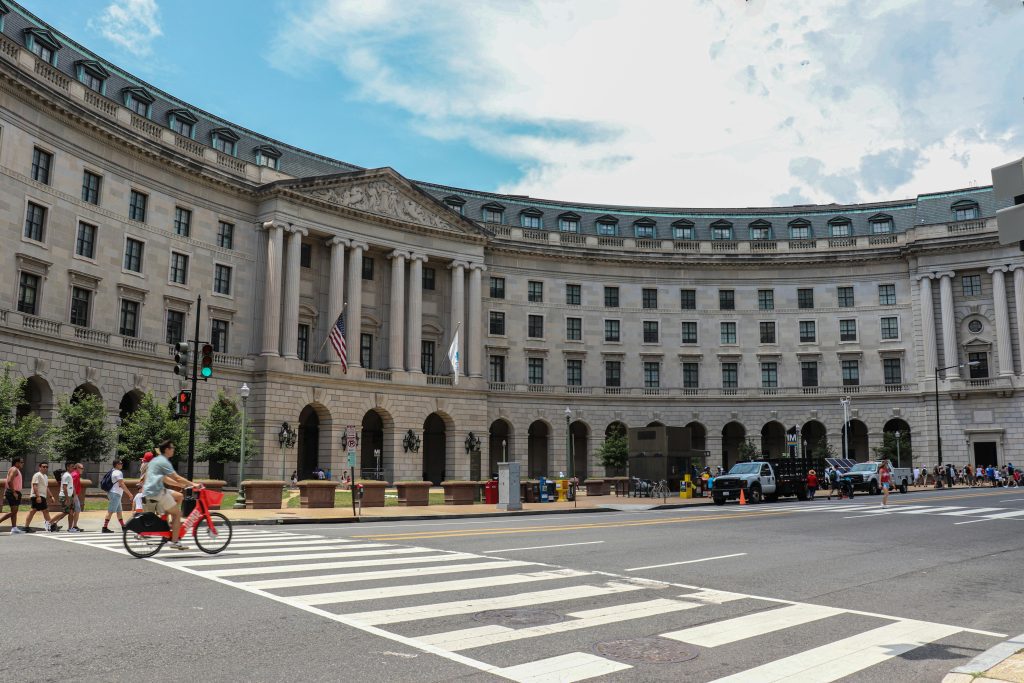Rebuilding Continues in Wake of Devastating West Virginia Floods
By Otto Solberg
At least 23 people were killed in West Virginia due to the extreme flooding caused by storms on June 23. The floods affected most of the state and particularly ravaged southern counties.
Up to 10 inches of rain fell within a few hours in some areas, and the mountains funneled the water to the valleys where many communities are built. Some houses, businesses, cars and even roads were swept away, with others submerged in feet of muddy water.
The National Weather Service considered the devastating flood a thousand-year event.
More than 50,000 people were left without power, and gas lines had to be turned off after causing many fires.

Volunteers are still needed to assist with flood relief. Photo by David T. Stephenson, davidtstephenson.com
Rockslides, mudslides, and flooding destroyed roads and bridges, leaving parts of West Virginia accessible only by helicopter. Others who were stranded in their attics and on their roofs were rescued by boat.
The Federal Emergency Management Agency and the West Virginia and Virginia National Guard assisted law enforcement, emergency response agencies and volunteers with rescues and rebuilding after the flood. Jenny Gannaway, the state chair for Voluntary Organizations Active in Disaster, told West Virginia MetroNews that full recovery will take at least five years. Grants up to $10,000 are available for small business owners in the affected counties through RISE West Virginia, a new public-private partnership facilitated by the state Chamber of Commerce.
In 2013, The West Virginia State Division of Homeland Security and Emergency Management warned that climate change might be responsible for more extreme weather events. A warmer atmosphere holds more water, causing heavier rains.
The state’s steep terrain is already prone to hazardous flash flooding, and many people live on slopes or in valleys. “West Virginia is among the places where effects of climate change are being felt by people now,” stated an editorial in the Charleston Gazette-Mail, which called on state legislators to prioritize funding for agencies that provide necessary services before, during and after a disaster.
The further environmental impact of the washouts is enormous.
Parts of the 78-mile Greenbrier River Trail closed due to landslides, which swept away parts of the trail and dumped piles of debris in other areas. Park staff and volunteers are working on the trail, opening sections and updating their Facebook page as they restore it for hikers and bikers.
To donate to flood relief or find other ways to help, visit wvflood.com.
Related Articles
Latest News

Leave a comment
Your email address will not be published. Required fields are marked *




